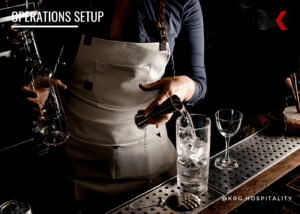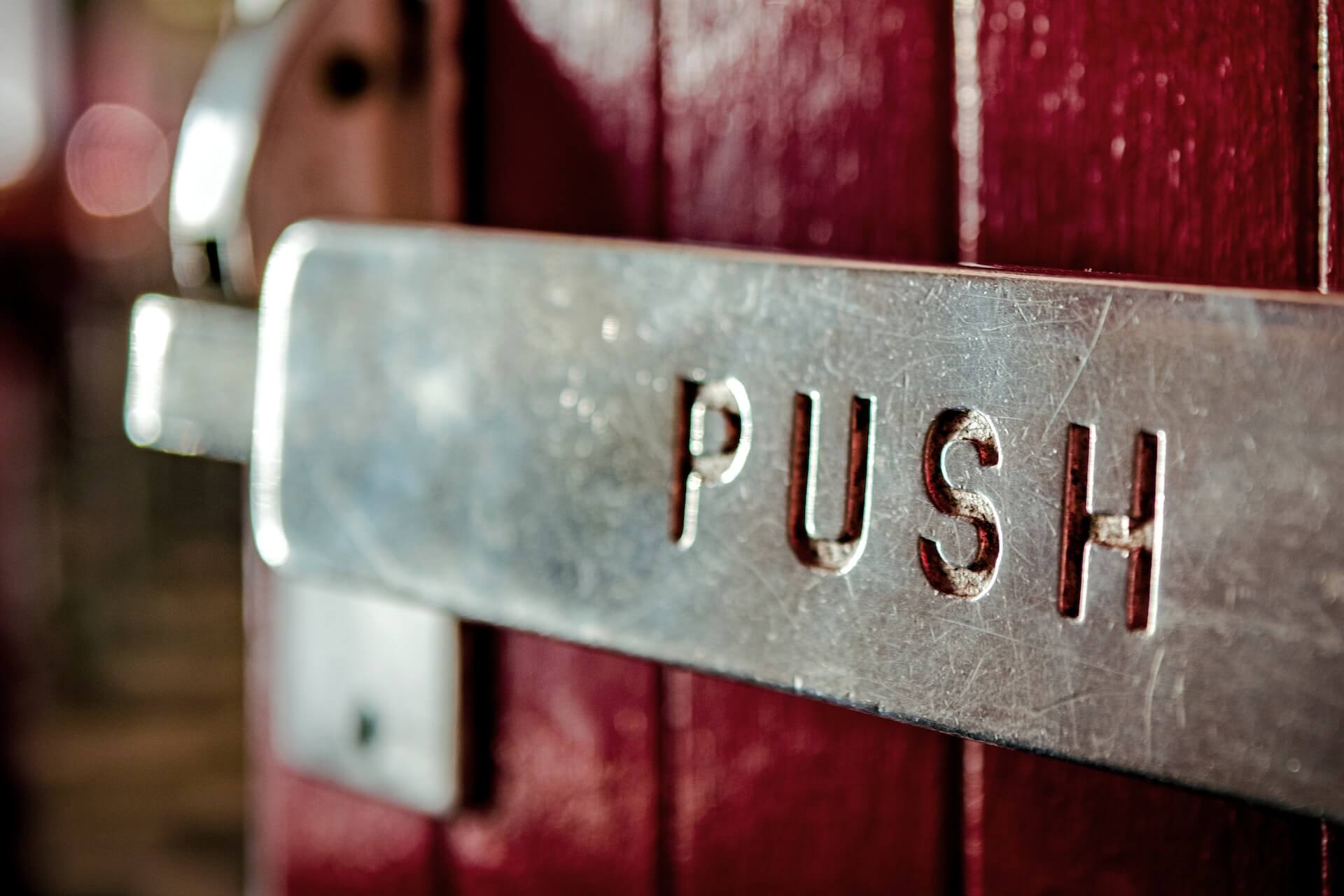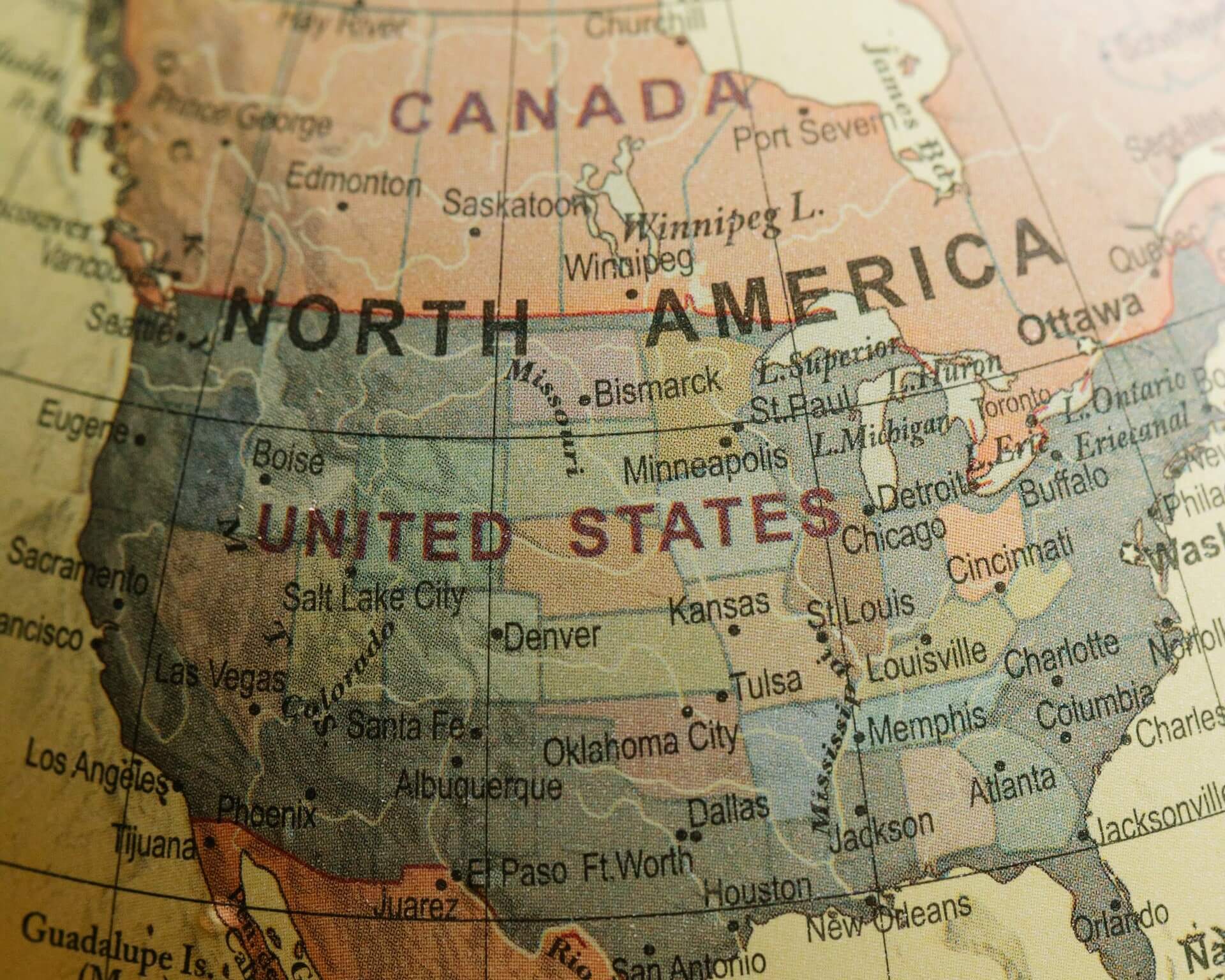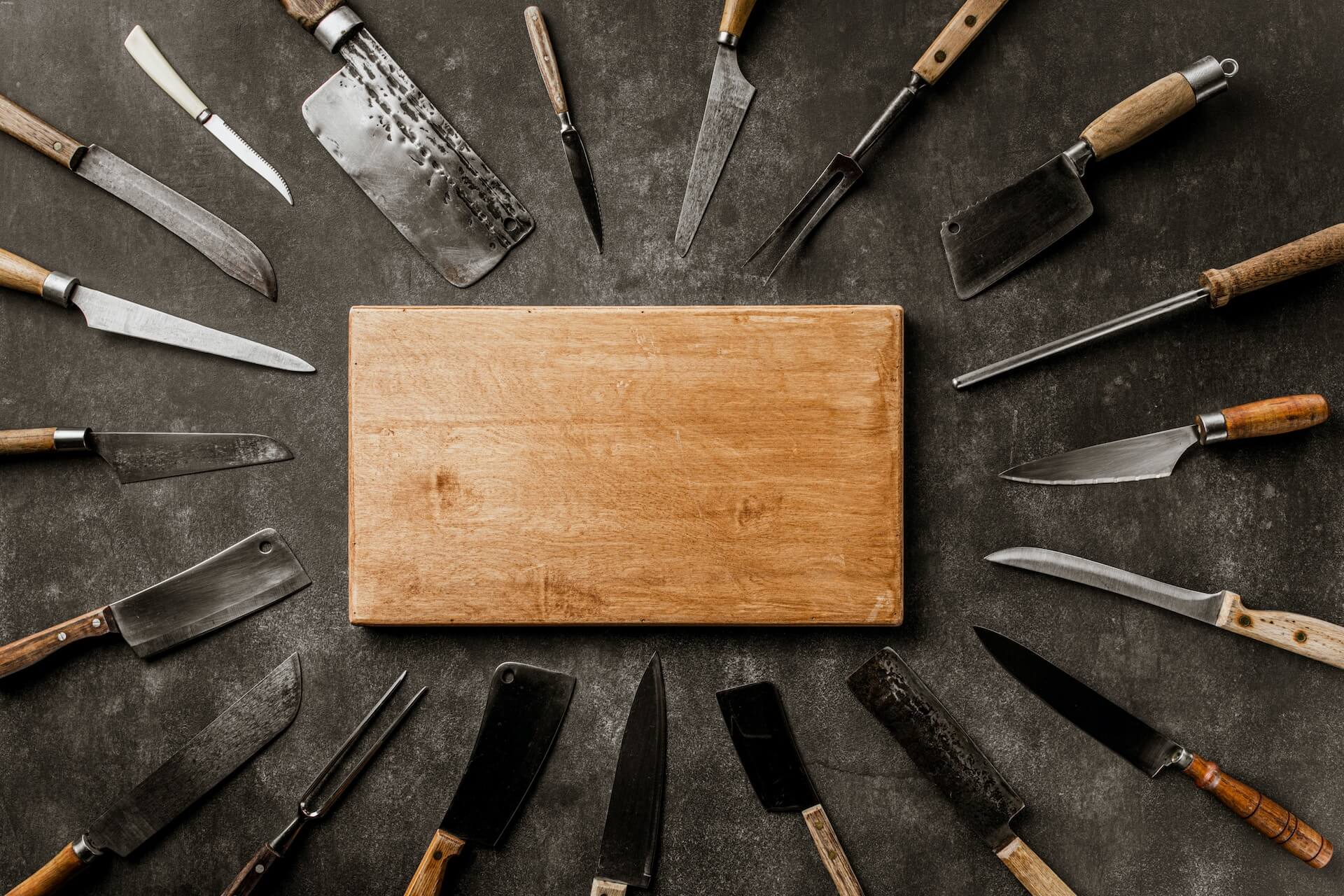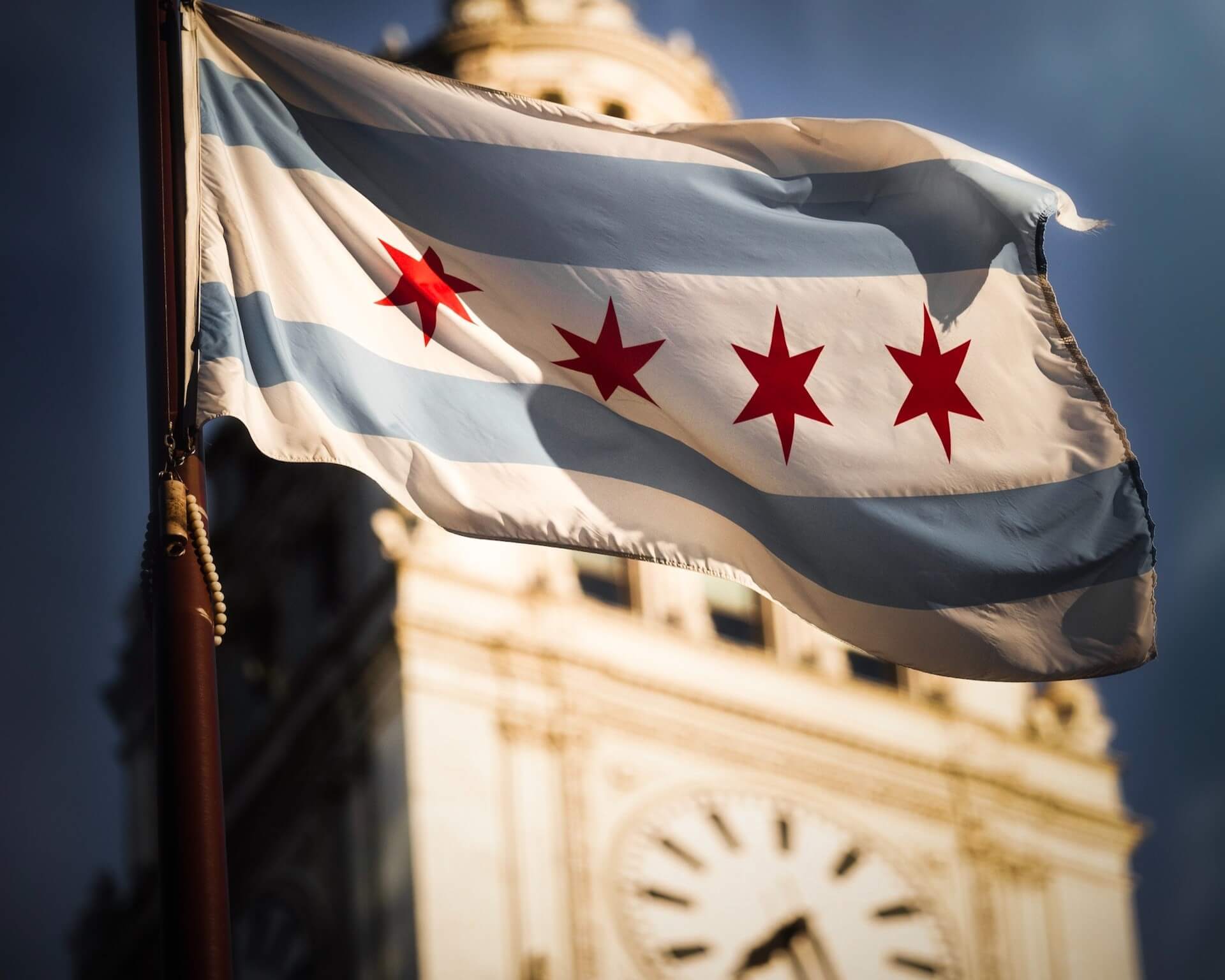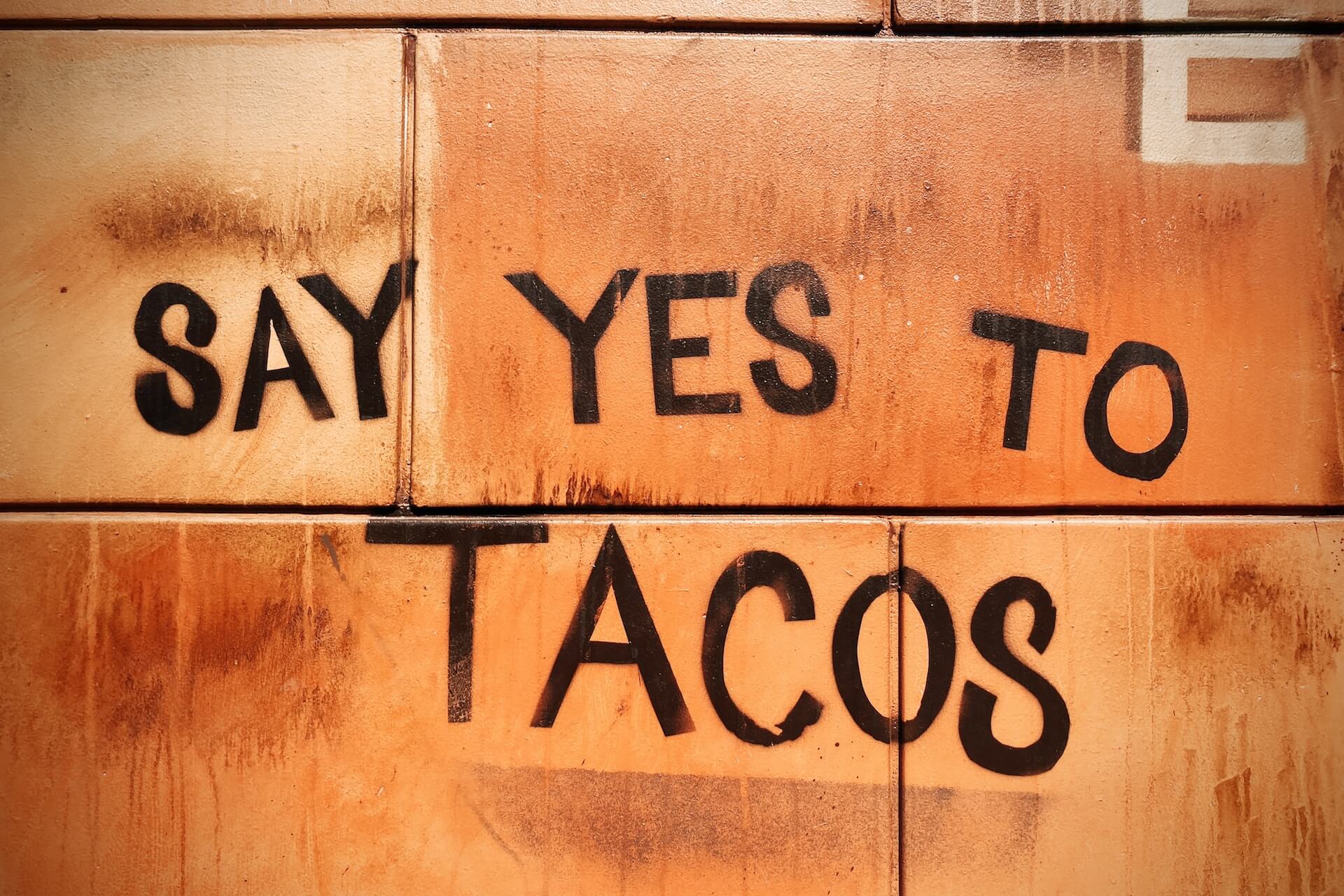Wallethub Ranks America’s Best Foodie Cities
by David Klemt

Comparing 182 cities across more than two dozen “food-friendliness” indicators, Wallethub has revealed their rankings for America’s best foodie cities in 2023.
Why 182 cities? Wallethub started with 150 of America’s most-populous cities. Then, they added “at least two” of the most-populous cities in each state.
Regarding the ranking itself, Wallethub compared the cities against two key measures: affordability, and diversity, accessibility, and quality. Those two measures consist of 28 key indicators, including:
- cost of groceries;
- restaurant meal cost;
- sales tax;
- food tax;
- restaurants per capita;
- ratio of full-service to fast-food restaurants; and
- restaurant diversity.
Using a 100-point grading system, affordability was worth up to 30 points. Simple math shows diversity, accessibility, and quality indicators were worth up to 70 points.
Further, Wallethub valued indicators anywhere from half-weight (international grocery stores per capita) to triple weight (restaurants per capita).
Now, it’s important to contextualize Wallethub’s use of the word “foodie city” here. For their ranking, the company is identifying “the best and cheapest” cities for consumers for whom eating is an experience, hobby, and/or lifestyle.
“These wallet-friendly cities cater to diners who prefer to cook at home, explore the local flavors or both,” reads their post, which can be reviewed in its entirety here.
The Top 25
So, per Wallethub, the cities below are the top 25 among the 182 “best foodie cities in America in 2023.”
- Orlando, Florida
- Portland, Orgeon
- Sacramento, California
- Miami, Florida
- San Francisco, California
- Tampa, Florida
- San Diego, California
- Las Vegas, Nevada
- Austin, Texas
- Seattle, Washington
- Denver, Colorado
- Atlanta, Georgia
- Los Angeles, California
- Chicago, Illinois
- Richmond, Virginia
- Pittsburgh, Pennsylvania
- Washington, DC
- St. Louis, Missouri
- Houston, Texas
- New York, New York
- Oakland, California
- Phoenix, Arizona
- Santa Ana, California
- Grand Rapids, Michigan
- Cincinnati, Ohio
Interestingly, you’ll find the “usual” foodie scene suspects on this list. However, a mere handful of those cities are ranked in the top ten: Miami, San Francisco, and Las Vegas.
Chicago (14), Los Angeles (13), and New York (20) don’t make the three or five. In fact, they’re out of the top ten entirely here.
If affordability is a major factor here, it raises an eyebrow that Miami is among the top five foodie cities. After all, sources show the cost of living in the city is 20 percent higher than the national average. The cost of living in San Francisco is nearly 80 percent higher.
At any rate, Orlando, per Wallethub’s methodology, is the number-one foodie city in America.
Compelling Comparisons
With the top 25 foodie cities out of the way, let’s check out a few other interesting comparisons.
Cost of Groceries
Lowest-cost cities, in descending order:
- Brownsville, Texas
- Corpus Christi, Texas
- Laredo, Texas
- Fayetteville, North Carolina
- Austin, Texas
The cities with the highest cost of groceries are Honolulu and Pearl City in Hawaii.
Restaurants per Capita
The cities with the most restaurants per capita, again in descending order:
- Miami, Florida
- Orlando, Florida
- Las Vegas, Nevada
- San Francisco, California
- Los Angeles, California
It’s important to note each of the cities on this list is, per Wallethub, tied for first place.
The city with the fewest restaurants per capita is Pearl City, Hawaii.
Ratio, FSR to Fast Food Restaurants
On this list, the five cities with the highest ratio of full-service restaurants to their fast-food counterparts (yes, in descending order):
- Cape Coral, Florida
- Santa Rosa, California
- Portland, Maine
- Burlington and South Burlington, Vermont
That leaves the city with the lowest ration, which is Jackson, Mississippi.
The Bottom Ten
Now that we know which cities Wallethub identifies the best foodie cities in the US, let’s take a look at the bottom of their list.
- Augusta, Georgia
- Fontana, California
- Jackson, Mississippi
- Moreno Valley, California
- Mobile, Alabama
- Montgomery, Alabama
- West Valley City, Utah
- Nampa, Idaho
- Shreveport, Louisiana
- Pearl City, Hawaii
Personally, I find the data regarding restaurants per capita and the FSR to fast-food ratio the most useful.
To review this report in its entirety, including Wallethub’s methodology, please click here.
Image: Mick Haupt on Unsplash



